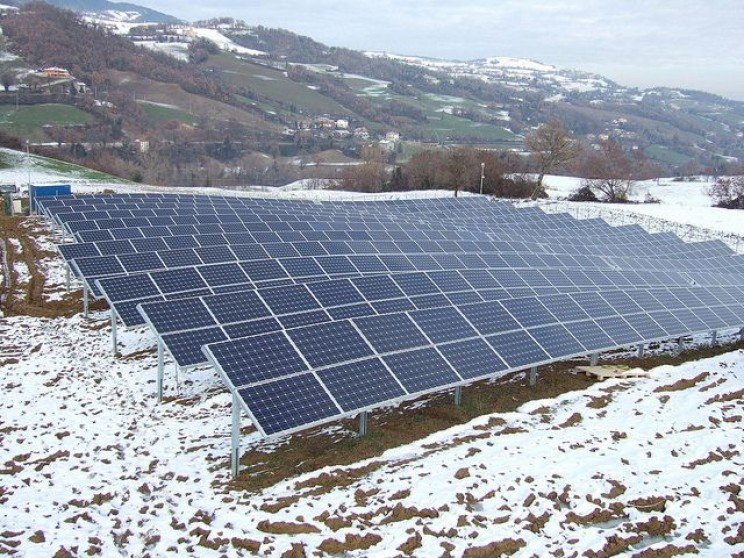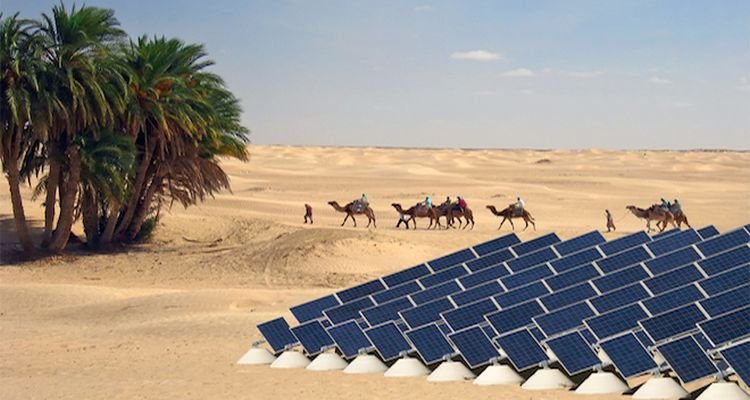The working environment of a solar PV power plant is relatively complex, and extreme environments such as high/low temperature, humidity, salt spray, heavy sand and other harsh environments, can test the reliability and environmental adaptability of the PV system.

After 2-3 years of commissioning of a power station, extreme environments can have serious consequences on equipment within the system; such as the distribution box, mounting, and inverters.
Solar power stations built along the coast are susceptible to the effects of high salinity and humid air.

Exposed conductors are easily corroded in a high salt spray and high humidity environment, which increases impedance and leads to poor contact.
If salt mist and water vapor are sucked into the distribution box, terminal or inverter, the long-term accumulation will corrode the internal structure of the equipment and cause damage to the equipment.

Then how do we protect the solar power plants so as to ensure maximum uptime?
The answer lies in the kind of equipment we select for the plants. The equipment chosen needs to have strict anti-corrosion and protection levels.
It is recommended to use products with IP65 protection or higher for the inverter and the distribution box needs to be galvanized and sprayed with anti-corrosion paint, and be 100% air tight.
In addition, the inverter PCB and electronic components need to have film coating, glue or protective paint to protect the circuit board from moisture, salt spray and mildew.

In short, for salty and high humidity environments, particular attention should be paid to ; equipment selection, construction and operation and maintenance to improve the operational stability of the PV plant and reduce system errors.
Reference- ResearchGate, Clean Technica, PV Magazine, Renewable Energy Watch






